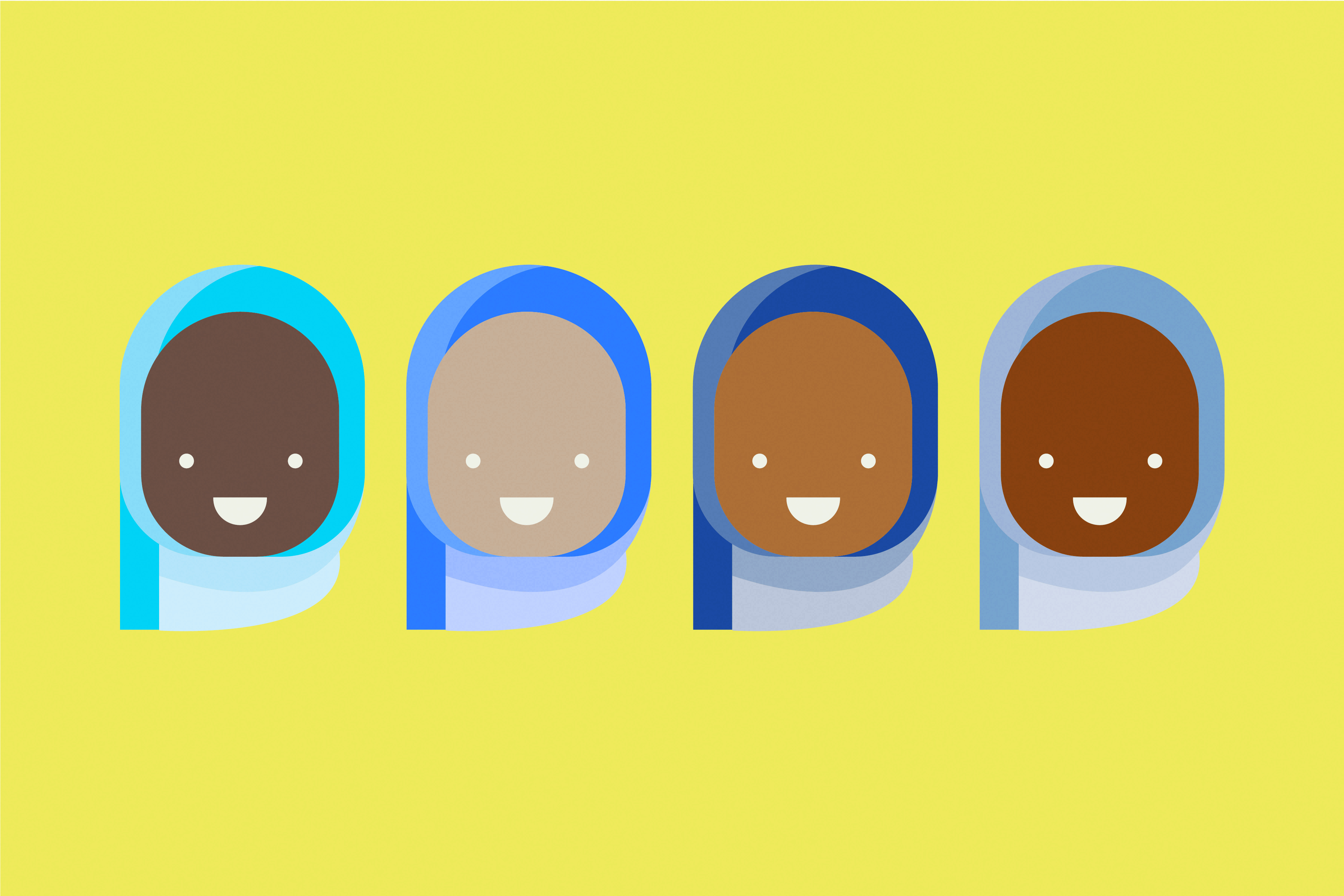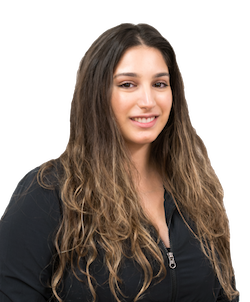
While some women are forced to cover, there are millions who choose to do so, and it’s important to know why
 In an era that saw the Free the Nipple Movement rise alongside a broader fight for male and female equality, it’s disheartening to witness continued attacks against Muslim women for what they choose to wear.
In an era that saw the Free the Nipple Movement rise alongside a broader fight for male and female equality, it’s disheartening to witness continued attacks against Muslim women for what they choose to wear.
A lot of people have opinions on hijabs. Whether these opinions are positive or negative ones, they’re arguably irrelevant. The most important opinion is that of Muslim women — after all, they’re the ones actually wearing the hijabs.
Before I continue, it’s important to distinguish the various forms in which Muslim women cover themselves. The burka and niqab are separate from the hijab; the burka covers the entirety of the face, whereas the niqab covers most of the face but leaves slits for the eyes. The hijab only covers the hair, sometimes fully, sometimes not, depending how the wearer chooses to style it. I must confess that I find the niqab and burka oppressive as they take away from an individual’s identity. For me, however, the same cannot be said of the hijab.
It’s no secret that there are Muslim women who are forced to wear the hijab. In Saudi Arabia and Iran, for example, it’s compulsory that women wear the hijab in public. Aside from government-led imposition of the hijab, there are also members of the Muslim community who force the hijab upon their daughters, wives and sisters. In these cases, the hijab is a tool utilized for the oppression of women; forcing the hijab (“forcing” includes any form of coercion, undue encouragement or guilting) infringes upon a woman’s freedom to make choices, and therefore, is oppressive. That being said, there are many — indeed, millions — of Muslim women who choose to wear the hijab. It’s important to understand not only the fact that some women freely choose to wear it but also why they choose to do so. Establishing these understandings can serve to invalidate generalizations and stereotypes.
For some women, the hijab affords recognition for who they are, not what they look like. This isn’t about a safeguard against the lusts of men — it’s about the right to assert one’s body and spirituality as a woman sees fit. In defense of her own hijab, Ayesha Nusrat put it best when she wrote: “I control what you see, how is that not empowering?” A lot of covered women believe that the media, marketers and a number of others have worked to sexualize and objectify women’s bodies. By choosing to wear the hijab, they feel they are actively combatting this by asserting their own will over what others get to see. Modesty has a beauty of its own, and there’s nothing wrong with that.
Some people regard covered women as lacking the intellect and bravery to advocate for their rights. In light of this, many Muslim women wearing the hijab have felt inspired to contest these stereotypes. Wanting to be who you are without having to choose between your religion and your rights is undeniably reasonable. The ability to be who you are without reservation, in all facets of life, is empowering. Some women feel most empowered when expressing their faith or exerting control over their own bodies — if the hijab allows for this empowerment, why doubt its validity?
The hijab, for many women who choose to wear it, expresses spirituality along with a personal bond with God. For many covered women, faith is an integral part of their identity that they choose to openly declare through their wardrobe, much like nuns, many Orthodox Jewish women and Greek Orthodox women. Many Muslim women face obstacles when deciding to wear the hijab — specifically, judgment. If it was a tool for oppression, then women wouldn’t choose to wear it or subject themselves to the scrutiny, and sometimes violent reactions, from those who would assume those women are oppressed. For the sake of logical consistency, if you don’t have a problem with the attire of other religious women who chose to cover, then you shouldn’t have a problem with hijab-clad Muslims either.
Muslim women aren’t collectively being forced to wear the hijab. My mother considers herself a religious woman, yet my mother and the majority of her family do not choose to cover. That being said, the word “choice” is the paramount term when discussing hijabs. Oppression occurs when an individual’s rights and freedom to make choices are taken away. If a woman chooses to wear the hijab for the reasons that covered women are arguing (expressing faith and control over one’s own body), you cannot argue that the hijab is oppressing them. That’s just illogical. Making the assumption that all covered women are oppressed disparages the women who choose to wear it by belittling the fact that it was a choice, which perpetuates an unjust stereotype regarding Muslim women. If the concern about covered women is oppression, then they should be brought into the conversation when discussing hijabs — their voices should be heard louder than any other voices on this topic.
Muslim women are left vulnerable to oppression by both Muslims and non-Muslims. If the concern is the oppression of Muslim women, non-Muslims shouldn’t express this by ridiculing the hijab or ripping it off Muslim women’s heads (this happens frequently), as this behavior does exactly what was trying to be combated. If you’re going to fight for the right of any woman to reveal as much as she wants, then you should also fight for their right to cover as they see fit. As writer Hanna Yusuf has stated, “There’s nothing inherently liberating in covering up, just as there’s nothing inherently liberating in wearing next to nothing. But the liberation lies in the choice.”
Written by: Hanadi Jordan — hajordan@ucdavis.edu
Disclaimer: The views and opinions expressed by individual columnists belong to the columnists alone and do not necessarily indicate the views and opinions held by The California Aggie.



